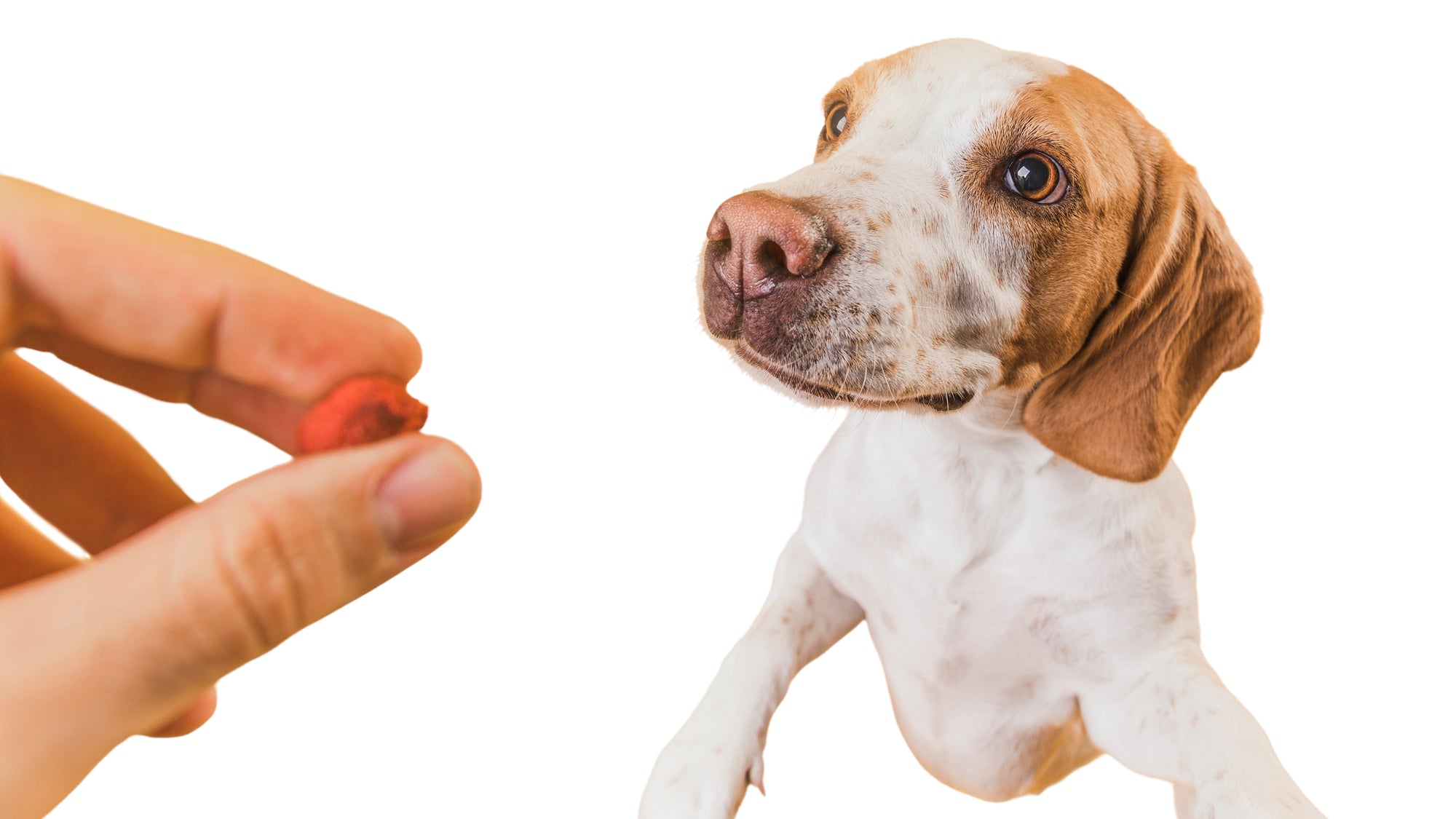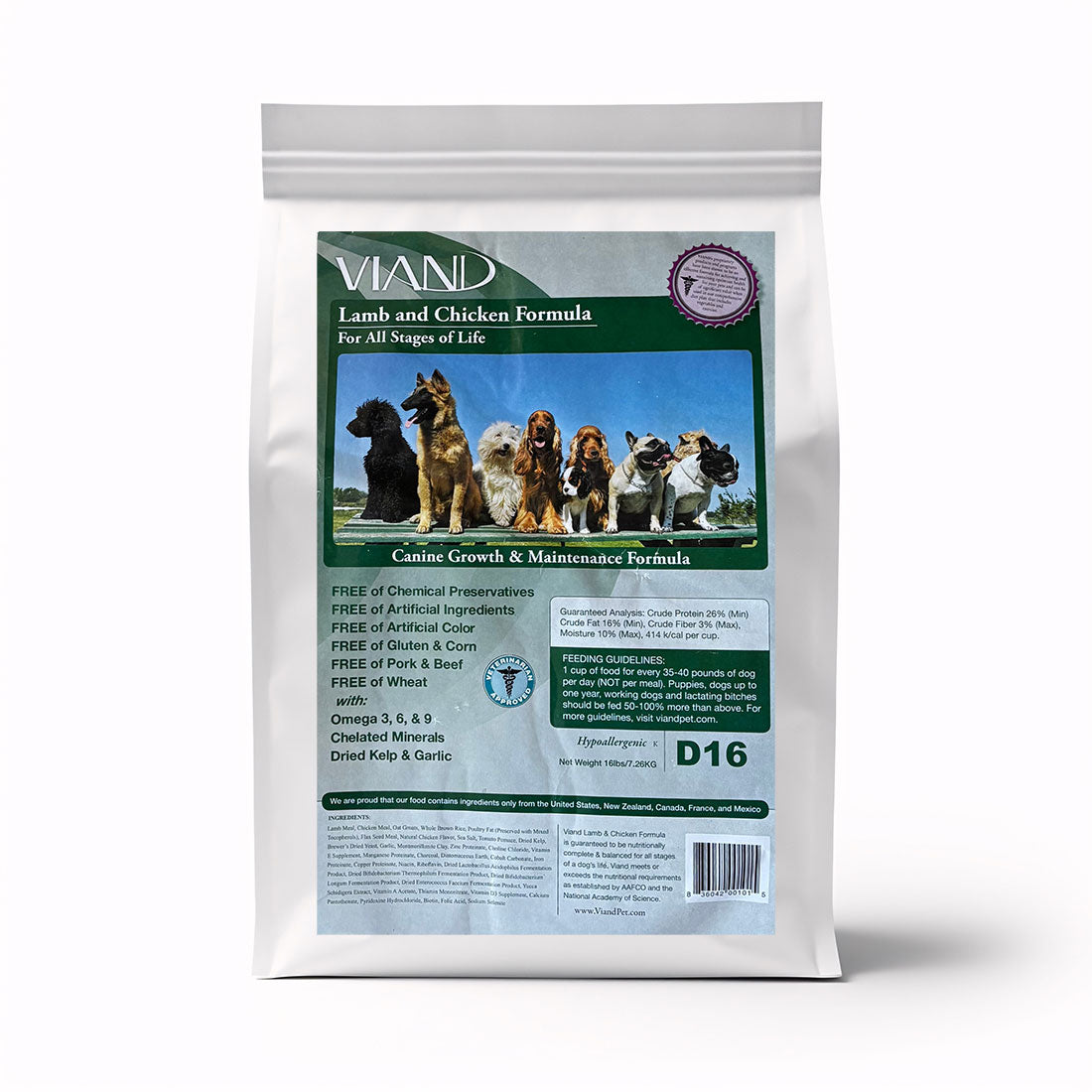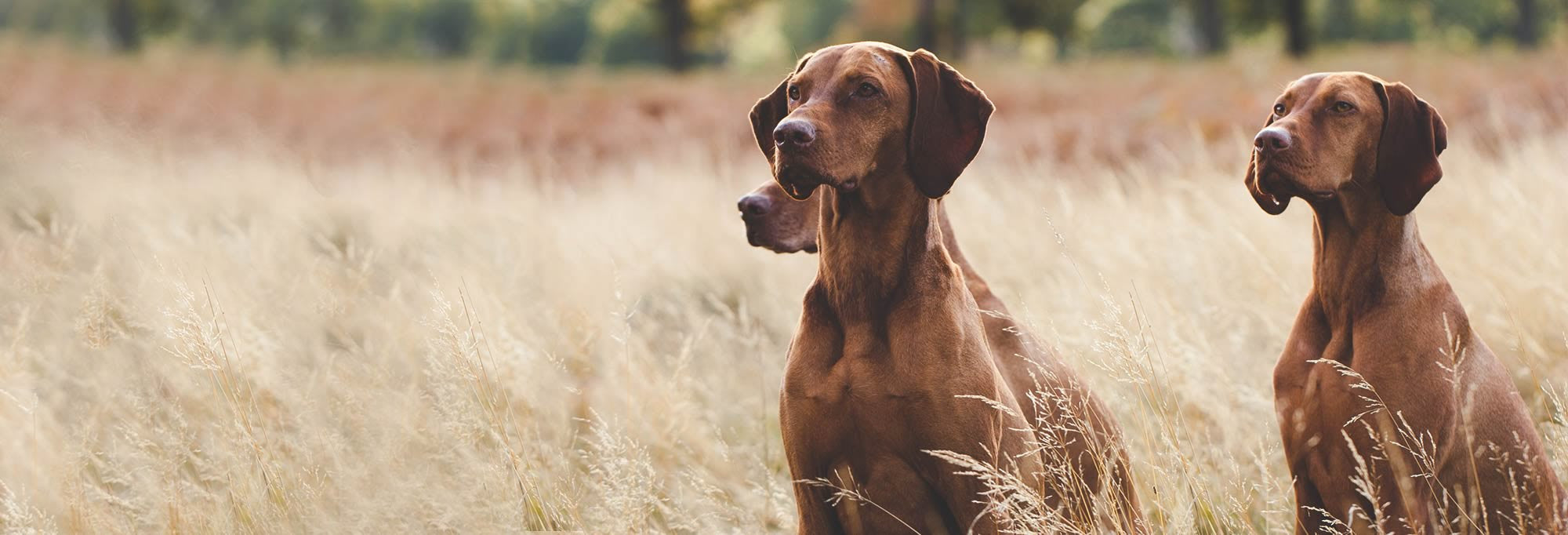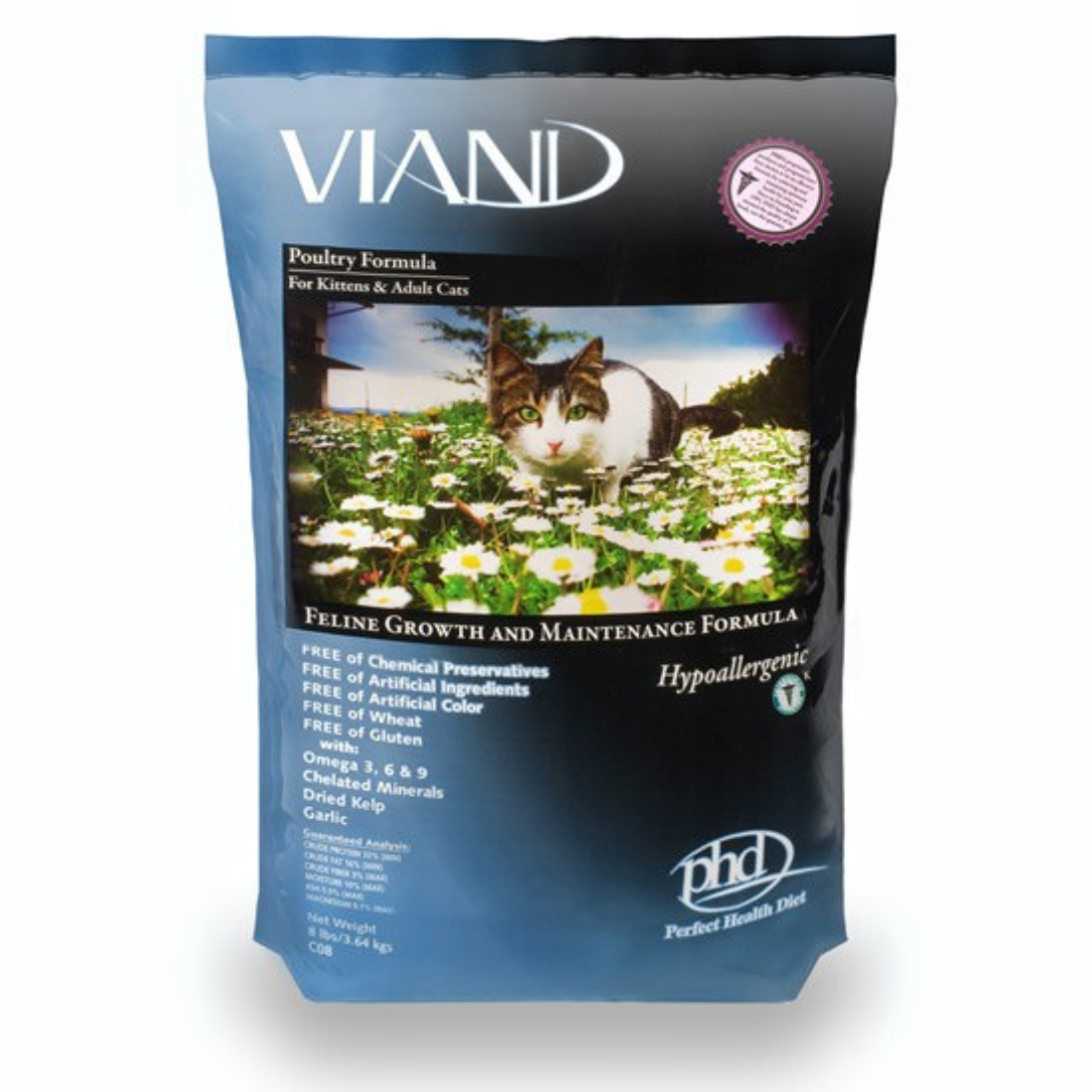

· By Scott Pollak
What Does Catnip Do to Dogs?
If you’ve ever seen a cat go wild for catnip—rolling, purring, and zooming around—you might wonder what happens if a dog gets into it too.
Does catnip affect dogs the same way? Can it calm them down or make them hyper? Let’s take a closer look at what’s really happening when dogs encounter catnip.

What Catnip Actually Is
Catnip (Nepeta cataria) is a herb in the mint family. Its active compound, nepetalactone, binds to special receptors in a cat’s nose and triggers behavioral reactions—often excitement, euphoria, or playfulness.
But here’s the key: those receptors are unique to cats. Dogs simply don’t have the same genetic sensitivity, which means catnip doesn’t trigger the same “high.”
What Happens When Dogs Smell or Eat Catnip
For most dogs, catnip is about as interesting as grass or any other plant. Some may sniff it curiously, a few may roll in it, and others ignore it completely.
Occasionally, catnip can have a very mild calming effect on certain dogs. Research suggests this is likely due to the plant’s natural compounds—mild volatile oils that may slightly relax the nervous system.
However, the effect is subtle and inconsistent. Don’t expect catnip to replace a calming chew or behavioral training tool.
For most dogs:
-
No noticeable change
-
Slight curiosity or sniffing
-
Rarely, a few minutes of mild relaxation
Is Catnip Safe for Dogs?
Yes—in small amounts, catnip is safe for most dogs. However, that doesn’t mean they should eat it freely.
If your dog chews up a catnip toy, the toy’s fabric, stuffing, or string can cause digestive issues or even a blockage. The herb itself is usually harmless, but eating large amounts could cause mild stomach upset.
A few simple rules:
-
Keep cat toys out of reach if your dog tends to chew.
-
Offer catnip in tiny amounts if you want to see their reaction.
-
If they ignore it, that’s perfectly normal!
The Science Behind Why Dogs Don’t React Like Cats
Catnip’s main compound, nepetalactone, acts as a stimulant for cats by mimicking feline pheromones. Dogs don’t have the same olfactory receptors that detect these molecules—so the chemical simply doesn’t register in the same way.
That’s why dogs might sniff it but don’t get the rush of excitement or play behavior that cats do. For them, it’s more like smelling any fragrant herb—curious but not captivating.
Could Catnip Calm Dogs Down?
While it’s often marketed as a “natural relaxant” for dogs, the evidence is minimal. If your dog seems to settle down after smelling catnip, it’s likely more from the novelty of a new scent than a true sedative effect.
For genuine calmness, a consistent routine, mental stimulation, and a balanced diet have far more impact than a pinch of catnip.
Alternatives That Actually Benefit Dogs
If your goal is to help your dog relax or engage their senses, consider these proven approaches:
-
Snuffle mats or puzzle feeders to provide scent-driven enrichment
-
Chamomile or valerian root (vet-approved) for mild calming support
-
Omega-rich diets to support neurological balance and stress resilience
-
Regular exercise and positive reinforcement training for overall mental health
The Bottom Line
Catnip isn’t harmful for dogs—and some may find it mildly soothing—but for most, it’s a harmless curiosity.
Unlike cats, dogs don’t experience an energetic or euphoric reaction. Their sense of smell is powerful, but it’s tuned to different kinds of scents and signals.
So if your dog sniffs around your cat’s stash, don’t worry. It’s safe, natural, and probably a little boring for them.
At the end of the day, your dog doesn’t need catnip to feel good—your care, connection, and consistent routine do far more for their happiness and wellbeing.


